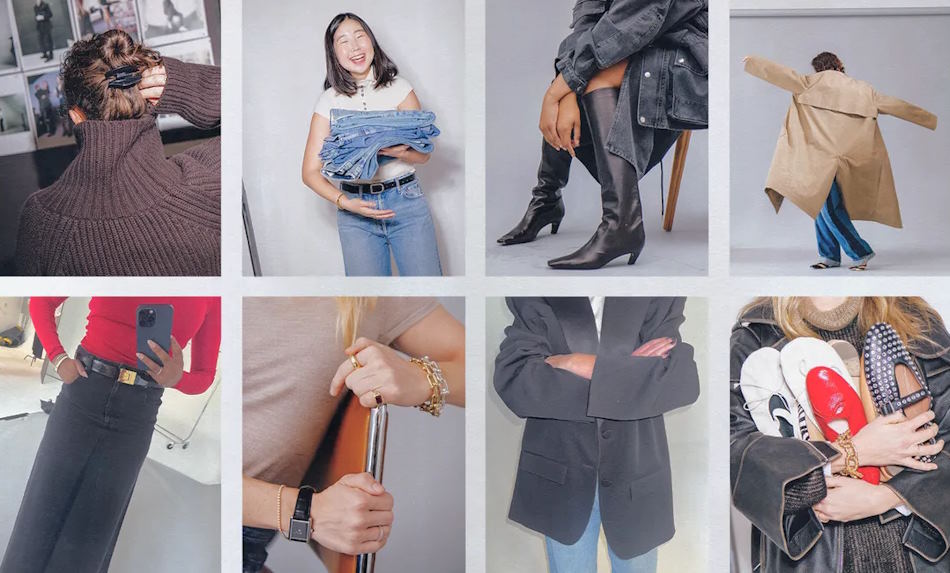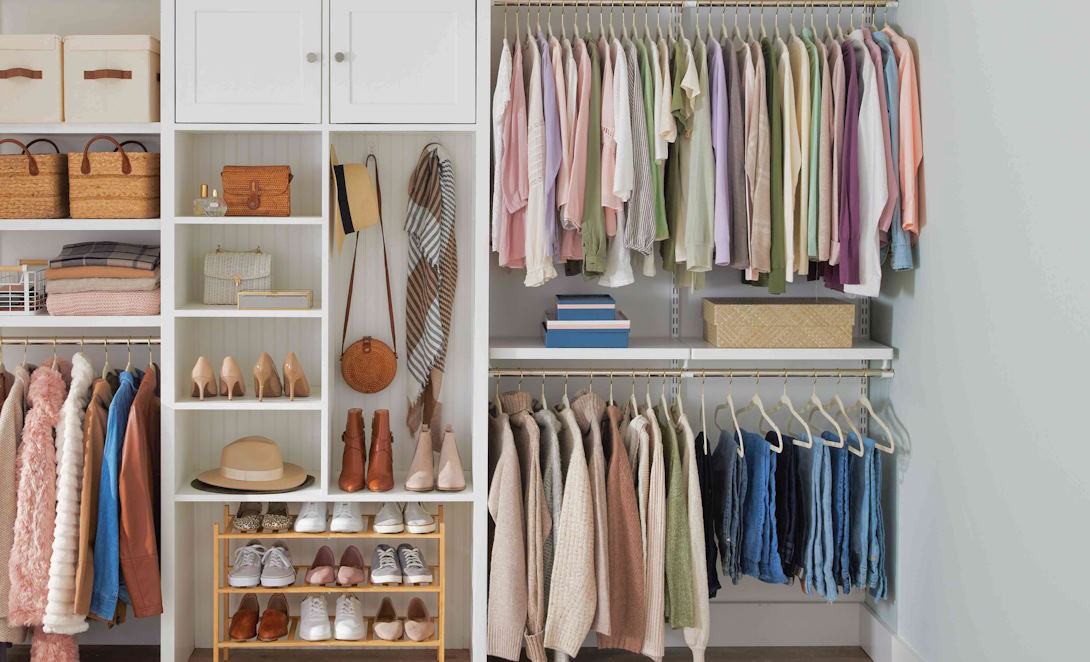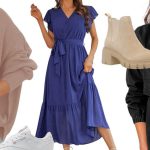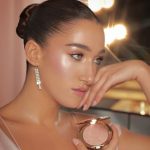
Ways to Add Color to Your Wardrobe and Brighten Your Look
In the art of dressing, color plays a starring role, acting as both the canvas and the brushstroke that define our fashion narratives. Whether you’re a seasoned style maven or an aspiring fashionista, the allure of color beckons, promising endless opportunities for creativity and self-expression. Yet, amidst the sea of neutrals that often dominate our closets, the prospect of embracing vibrant hues can feel overwhelming.
Understanding Color Psychology
Before diving into the realm of hues and shades, it’s essential to grasp the fundamentals of color psychology. Colors possess the remarkable ability to influence mood and perception, making them powerful tools in the realm of fashion. For example, vibrant shades of red evoke feelings of passion and energy, while soothing blues can promote a sense of calm and tranquility. By understanding the emotional impact of different colors, you can harness their power to create outfits that not only look good but also feel good.
Tips for Adding Color to Your Wardrobe
Now that we’ve explored the psychology behind color, let’s delve into practical strategies for incorporating it into your wardrobe. One of the simplest ways to introduce color to your outfits is through accessories. A colorful scarf, statement necklace, or vibrant handbag can instantly elevate even the most basic ensemble, adding a pop of personality and flair.

If you’re feeling bold, consider experimenting with statement pieces that serve as the focal point of your outfit. A brightly colored jacket, pair of shoes, or handbag can inject an instant dose of style and sophistication into your look, turning heads wherever you go. Don’t be afraid to embrace bold hues and eye-catching patterns – after all, fashion is about having fun and expressing yourself!
For those who prefer a more subtle approach, mixing and matching colorful pieces with neutral basics is the way to go. Pairing a vibrant top with classic denim or a colorful skirt with a white blouse allows you to add color to your outfit without feeling overwhelmed. Plus, neutral basics serve as the perfect canvas for showcasing your favorite colorful pieces.
Choosing Flattering Colors
When it comes to adding color to your wardrobe, it’s essential to consider your skin tone. Certain colors complement different skin tones better than others, so take the time to determine whether you have warm, cool, or neutral undertones. For example, those with warm undertones may find that earthy tones like mustard yellow and olive green complement their complexion, while individuals with cool undertones may gravitate towards jewel tones like sapphire blue and emerald green.

Experimenting with Color Combinations
Once you’ve mastered the art of adding color to your wardrobe, it’s time to get creative with color combinations. Mixing and matching different hues can result in striking and stylish outfits that showcase your unique sense of style. One popular technique is color blocking, which involves pairing contrasting colors together to create bold and eye-catching looks. For example, pairing a cobalt blue top with mustard yellow trousers creates a vibrant and visually stunning ensemble that’s sure to turn heads.









